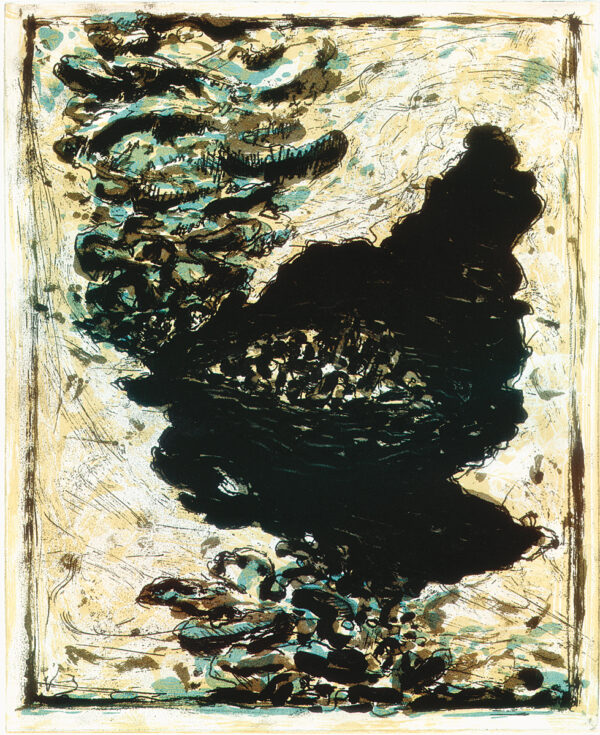
Color sugar lift and soap ground aquatints with soft ground etching and drypoint.
11 x 9"; 20 x 16". 50.
Crown Point Press and Dena Schuckit.
$1,500 InquireInquire

Color spit bite, sugar lift and soap ground aquatints with soft ground etching and drypoint.
39¾ x 30"; 49 x 38". 40.
Crown Point Press and Dena Schuckit.
$4,500 InquireInquire
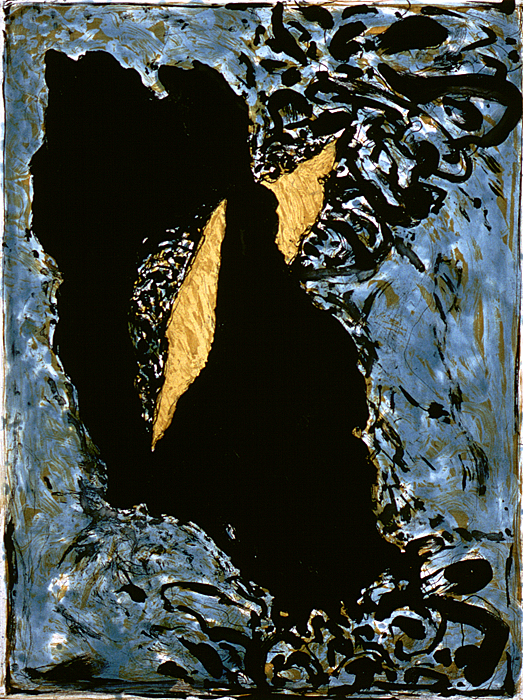
Color spit bite, sugar lift and soap ground aquatints with aquatint and soft ground etching .
39¾ x 30"; 49 x 38". 40.
Crown Point Press and Dena Schuckit.
$4,500 InquireInquire
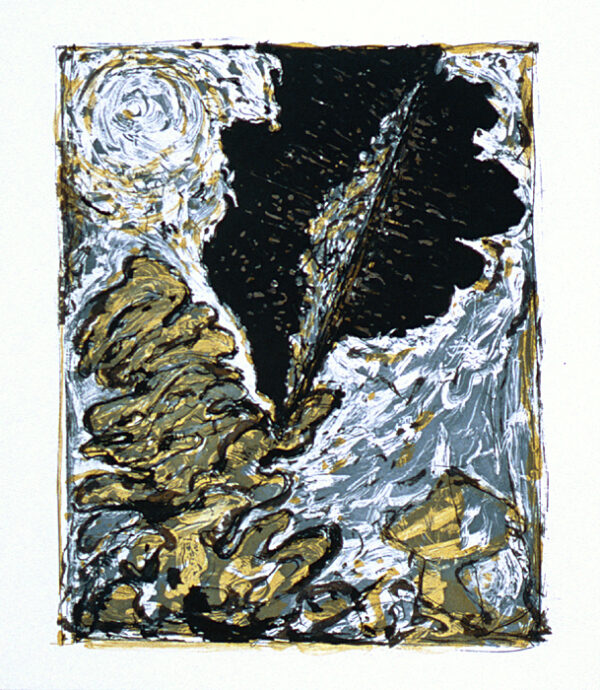
Color soap ground and sugar lift aquatints with soft ground etching and drypoint.
39¾ x 30"; 49 x 38". 40.
Crown Point Press and Dena Schuckit.
$3,000 InquireInquire
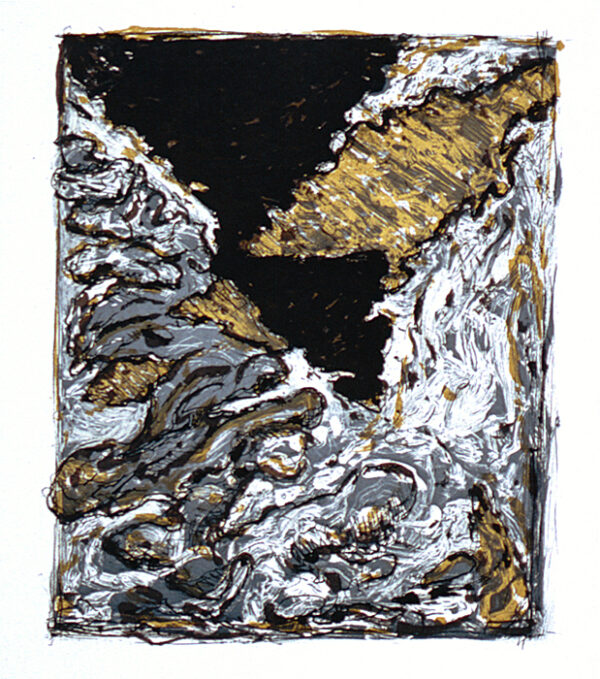
Color soap ground and sugar lift aquatints with soft ground etching and drypoint.
39¾ x 30"; 49 x 38". 40.
Crown Point Press and Dena Schuckit.
$3,000 InquireInquire
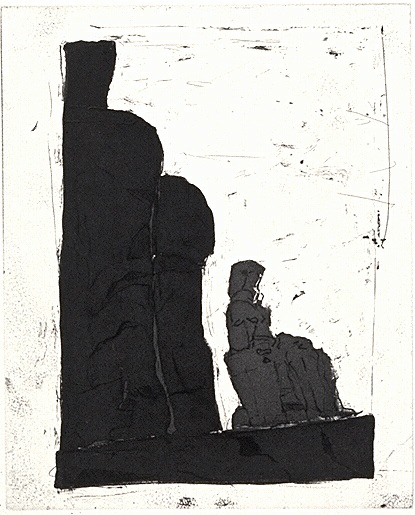
No. 1 in set of three soft ground etchings with soap ground aquatint and drypoint.
11 x 9"; 23 x 19". 15.
Crown Point Press and Lothar Osterburg.
$700 InquireInquire

No. 2 in set of three soft ground etchings with soap ground aquatint and drypoint.
11 x 9"; 23 x 19". 15.
Crown Point Press and Lothar Osterburg.
$700 InquireInquire

No. 3 in set of three soft ground etchings with soap ground aquatint and drypoint.
11 x 9"; 23 x 19". 15.
Crown Point Press and Lothar Osterburg.
$700 InquireInquire
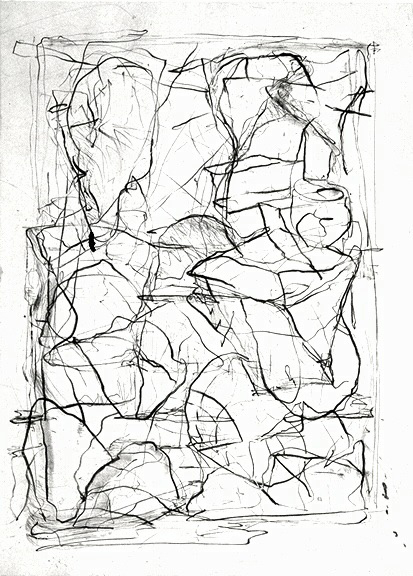
Soft ground etching, foul biting and scratches.
43 x 34"; 45 x 36". 5.
Crown Point Press and Lothar Osterburg.
$1,500 Unavailable
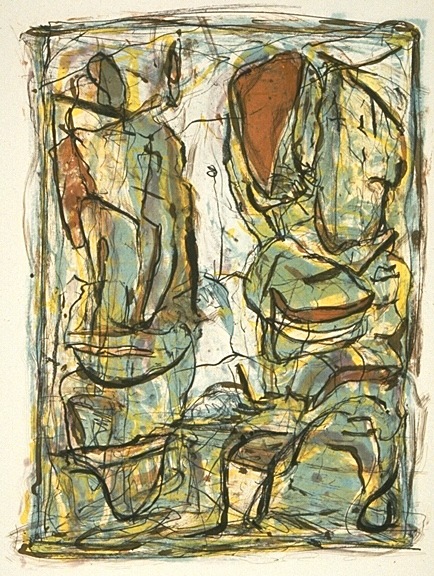
Color soft ground etching with soap ground, sugar lift and spit bite aquatints and drypoint.
33 x 24"; 41¾ x 31¾". 35.
Crown Point Press and Lothar Osterburg.
$3,000 InquireInquire

Color soft ground etching with soap ground, sugar lift and spit bite aquatints.
33 x 24"; 41½ x 31¾". 35.
Crown Point Press and Lothar Osterburg.
$3,000 InquireInquire
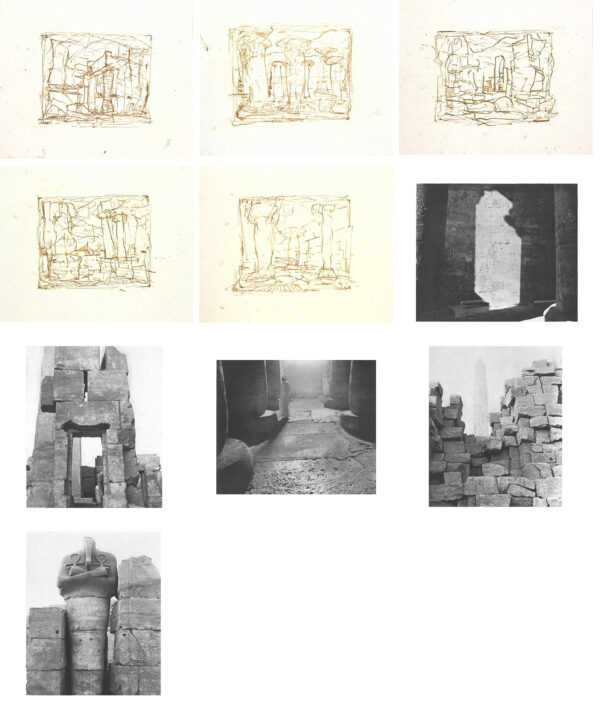
A set of five soft ground etchings with drypoint, and six photogravures.
9 x 11"; 15¾ x 17". 20.
Crown Point Press and Lothar Osterburg.
$3,000 InquireInquire
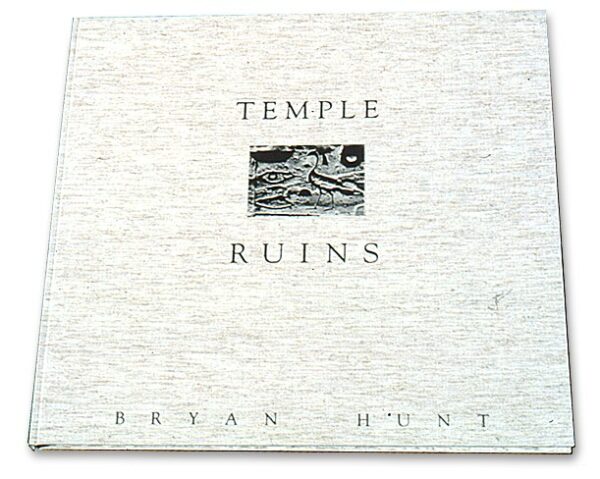
Book of five soft ground etchings with drypoint, and six photogravures.
16¼ x 17¼"; 16¼ x 17¼". 20.
Crown Point Press and Lothar Osterburg.
$2,500 InquireInquire

Flat bite etching with aquatint and hand-painting by the artist.
31¾ x 21¼"; 44 x 30¼". 6.
Crown Point Press and Lothar Osterburg.
$3,000 InquireInquire

Portfolio of five soap ground aquatints with drypoint.
9 x 9"; 22 x 19". 15.
Crown Point Press and Renée Bott.
$5,000 fair market value Unavailable
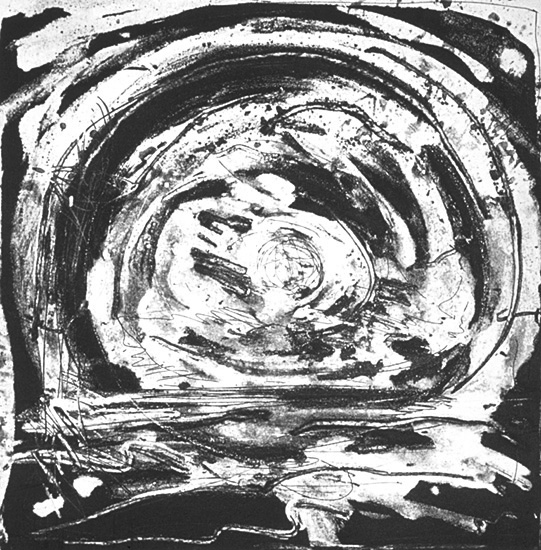
Soap ground aquatint with drypoint.
9 x 9"; 22 x 19". 15.
Crown Point Press and Renée Bott.
$1,100 fair market value Unavailable

Soap ground aquatint with drypoint.
9 x 9"; 22 x 19". 15.
Crown Point Press and Renée Bott.
$1,100 fair market value Unavailable

Soap ground aquatint with drypoint.
9 x 9"; 22 x 19". 15.
Crown Point Press and Renée Bott.
$1,100 fair market value Unavailable
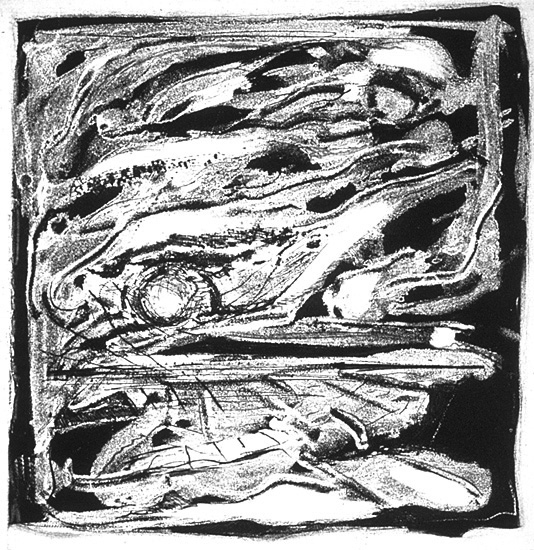
Soap ground aquatint with drypoint.
9 x 9"; 22 x 19". 15.
Crown Point Press and Renée Bott.
$1,100 fair market value Unavailable

Soap ground aquatint with drypoint.
9 x 9"; 22 x 19". 15.
Crown Point Press and Renée Bott.
$1,100 fair market value Unavailable
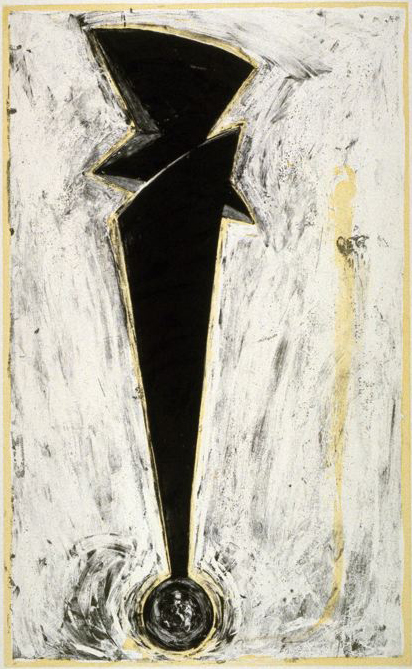
Color soap ground aquatint.
44¾ x 27¾"; 54 x 36". 50.
Crown Point Press and Renée Bott.
$6,000 fair market value Unavailable

Color soap ground aquatint.
44¾ x 27¾"; 54 x 36". 25.
Crown Point Press and Renée Bott.
$6,000 InquireInquire

Color soap ground aquatint.
44¾ x 27¾"; 54 x 36". 25.
Crown Point Press and Renée Bott.
$6,000 fair market value Unavailable
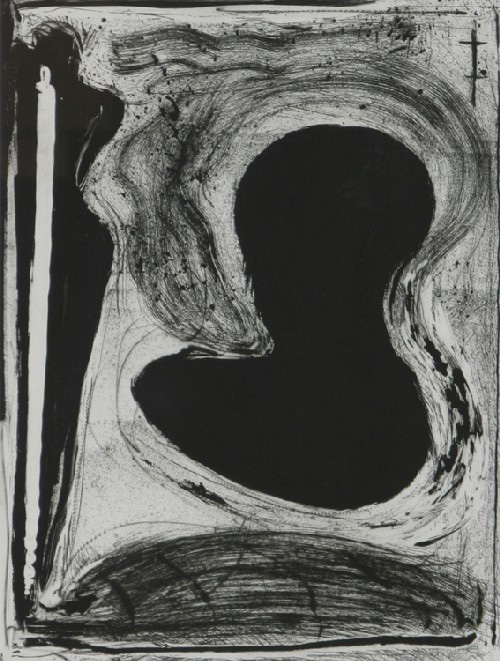
Aquatint with drypoint and hard ground etching.
15 x 11"; 30 x 22¼". 25.
Crown Point Press and Renée Bott.
$1,000 InquireInquire
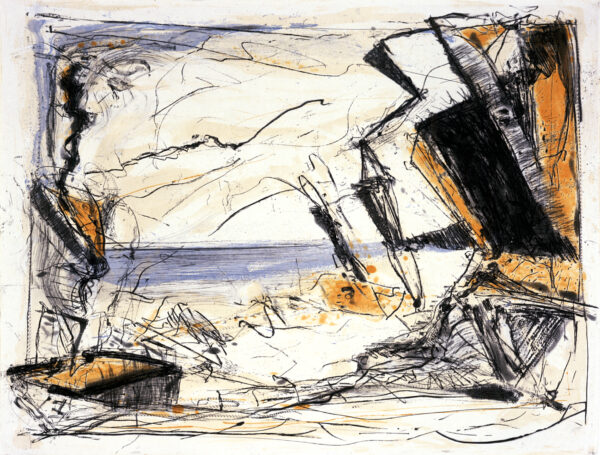
Color drypoint with spit bite and soap ground aquatints and soft ground etching.
11½ x 15"; 22¼ x 30". 35.
Crown Point Press and Renée Bott.
$2,500 fair market value Unavailable

Soap ground aquatint with drypoint.
18 x 8¾"; 30 x 22½". 25.
Crown Point Press and Renée Bott.
$1,500 fair market value Unavailable
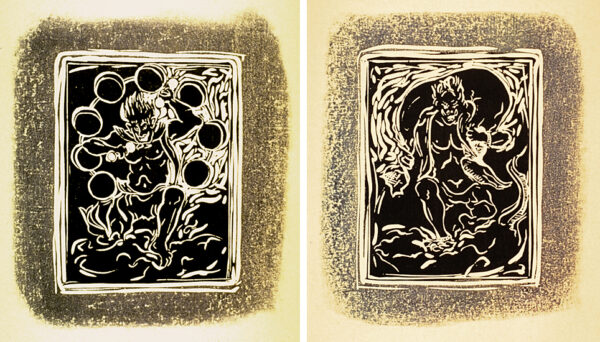
Set of two woodblock prints printed in back and gray.
12 x 10"; 17¾ x 13¼". 25.
Crown Point Press and Tadashi Toda at Shi-un-do Print Shop, Kyoto.
$1,500 InquireInquire
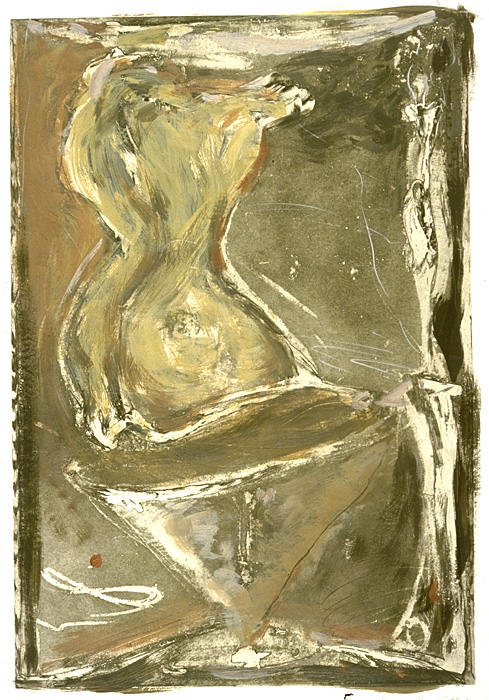
Flat bite etching with aquatint and hand-painting by the artist.
31¾ x 21¼"; 44 x 30¼". 6.
Crown Point Press and Renée Bott.
$3,000 InquireInquire
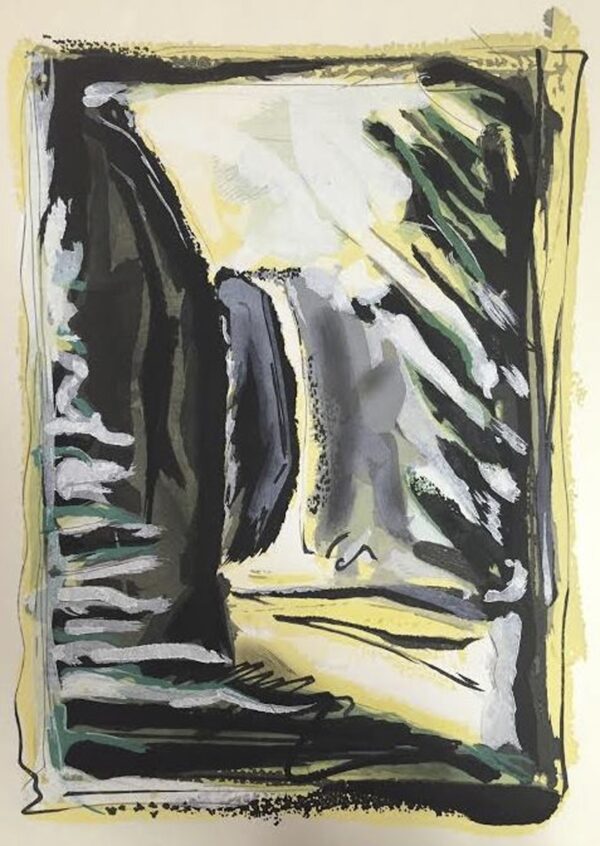
Color woodcut.
9½ x 13"; 21¾ x 17¾". 200.
Crown Point Press and Tadashi Toda.
$3,000 InquireInquire